‘Kogin-sashi’, Japanese Needlework that’s Made to Last
Women in remote villages in the Tsugaru region that receives heavy snowfall were the first to start producing this hard-wearing needlework.
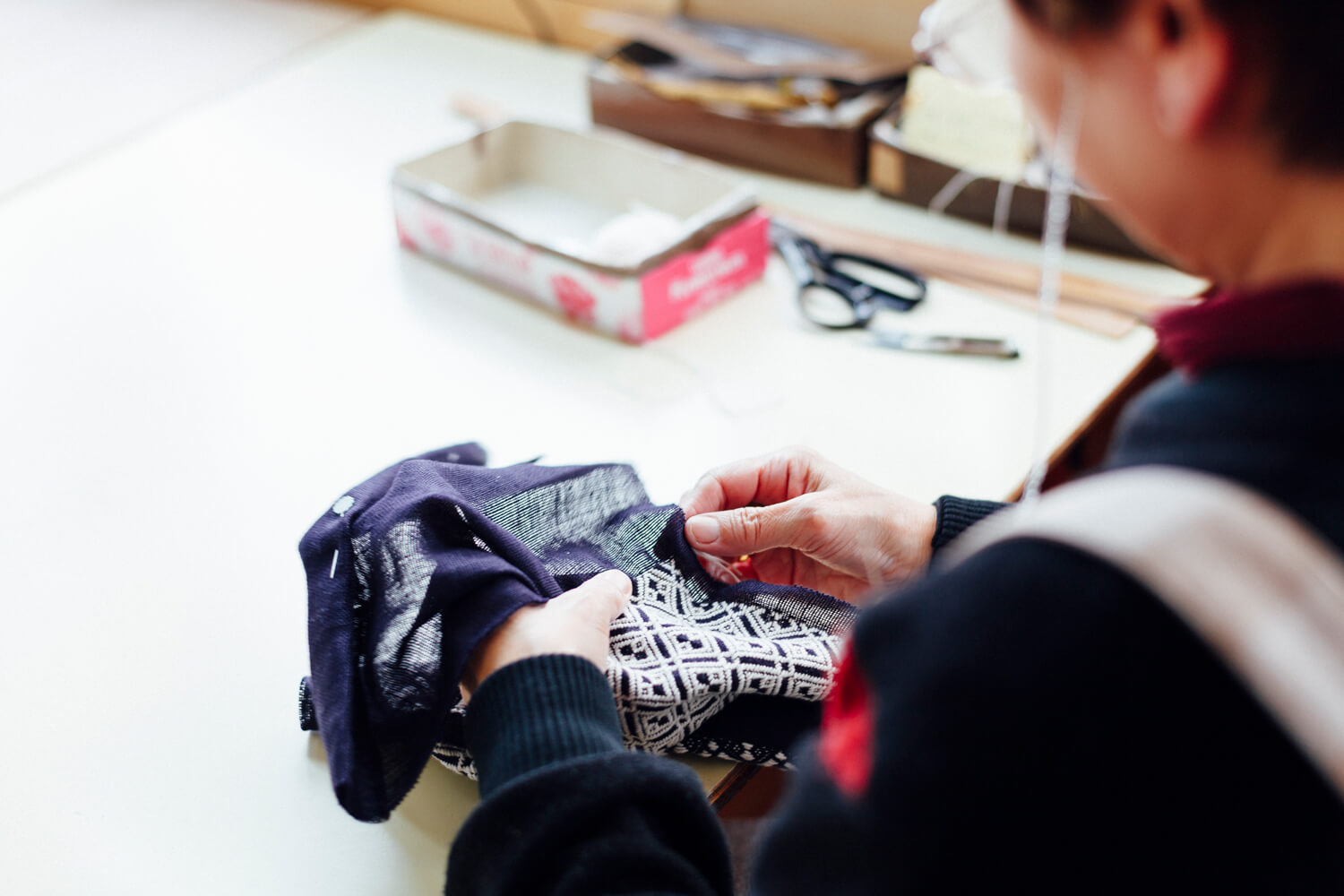
© Hirosaki Kogin Laboratory
Kogin-sashi is a kind of sashiko needlework, which is a form of traditional embroidery done by hand and developed during the Edo period. Historically, kogin-sashi was used to repair or ‘decorate’ an old, worn-out piece of clothing.
From the functional to the aesthetic
Farmers developed the technique, invented by women in the Tsugaru region in Aomori prefecture, northern Japan, out of necessity: they needed to make their hemp garments warmer and more durable. This activity then became more widespread.
As time passed, the function of kogin-sashi became purely aesthetic. The basic pattern used is called modoko and comes in around forty different kinds. These can be combined to create bigger and more ambitious geometric patterns. Japanese Brand Tohoku Standard, which makes its clothes by hand, continues the tradition by making garments using this technique.
More information can be found on the Hirosaki Kogin Institute’s website.
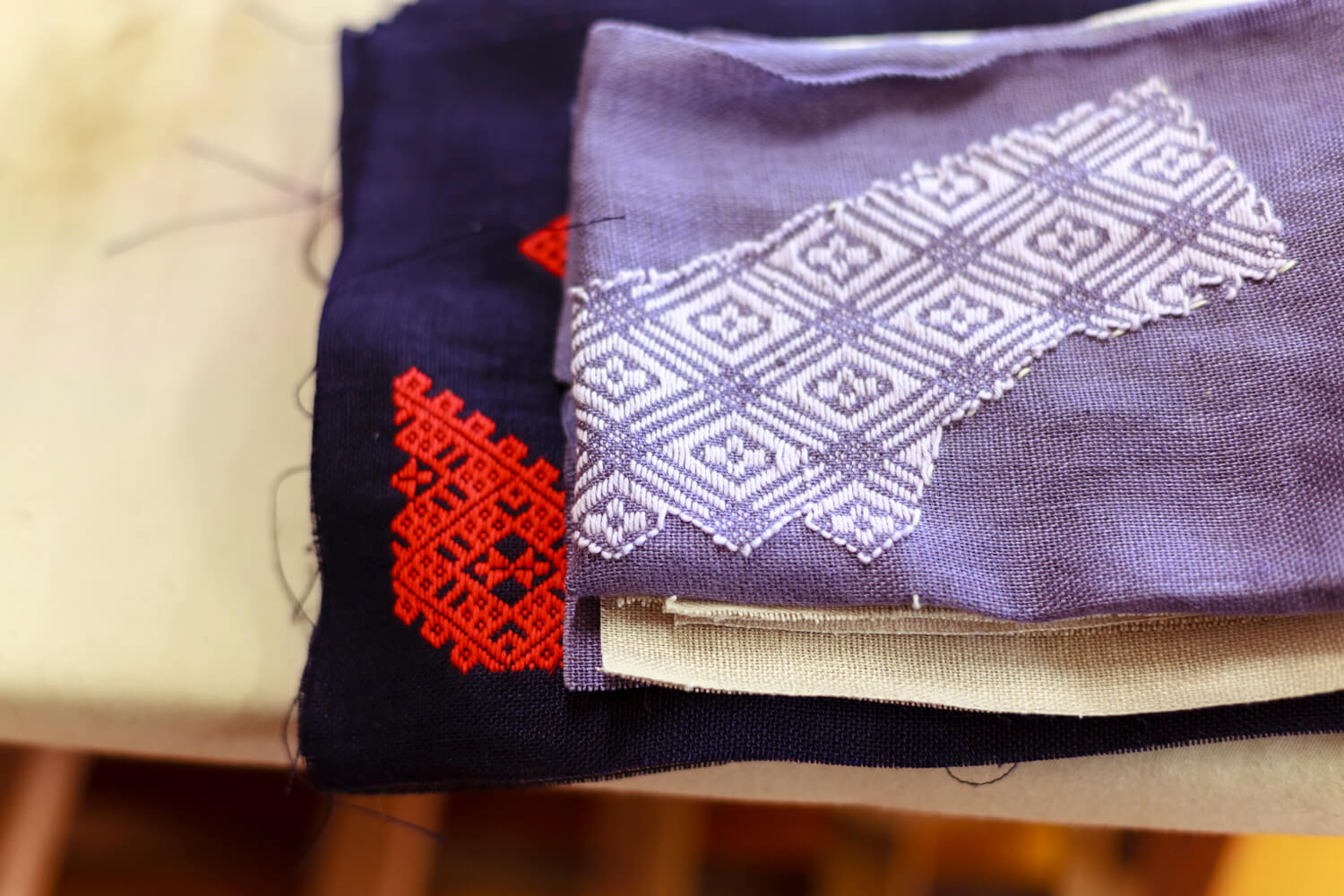
© Hirosaki Kogin Laboratory
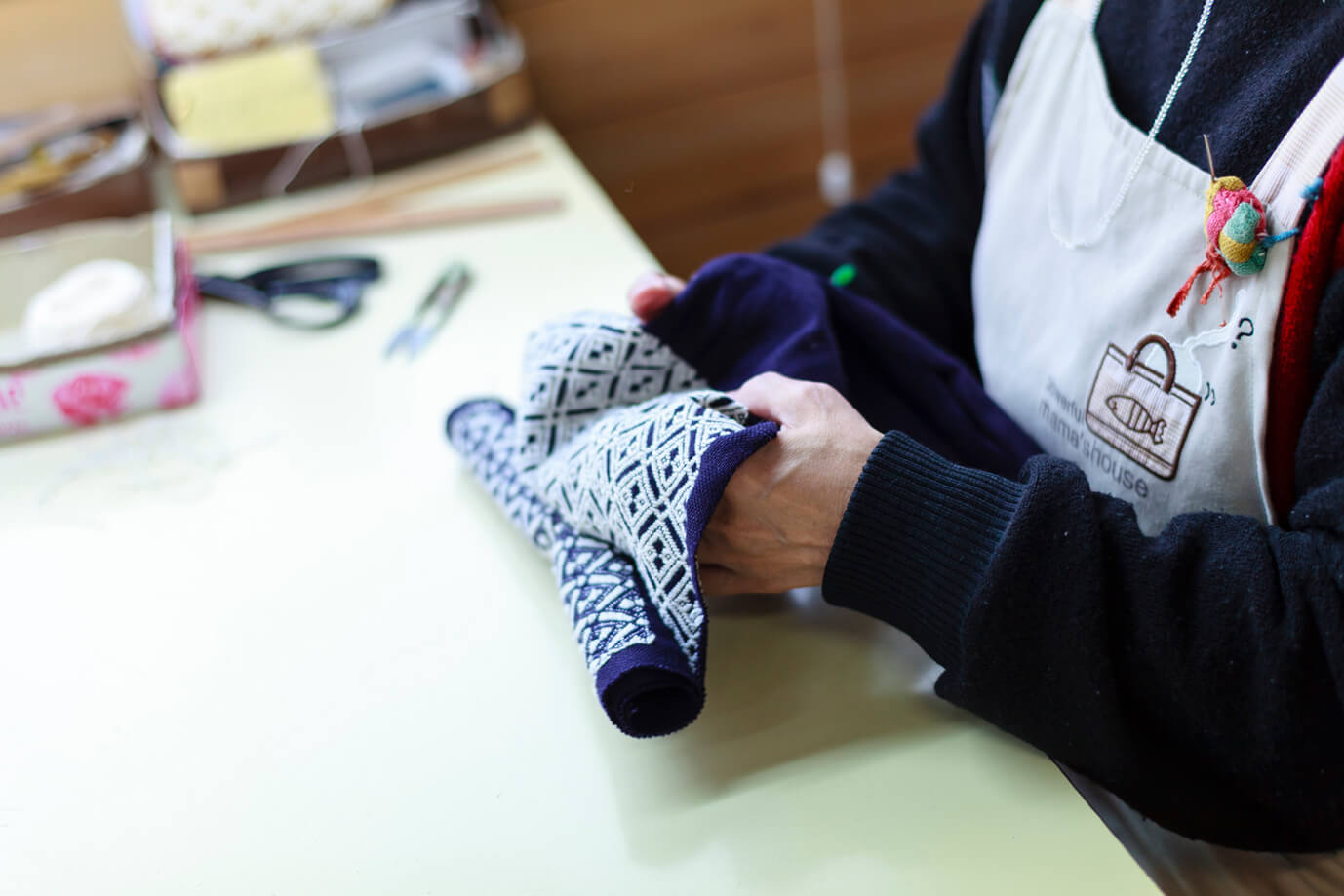
© Hirosaki Kogin Laboratory
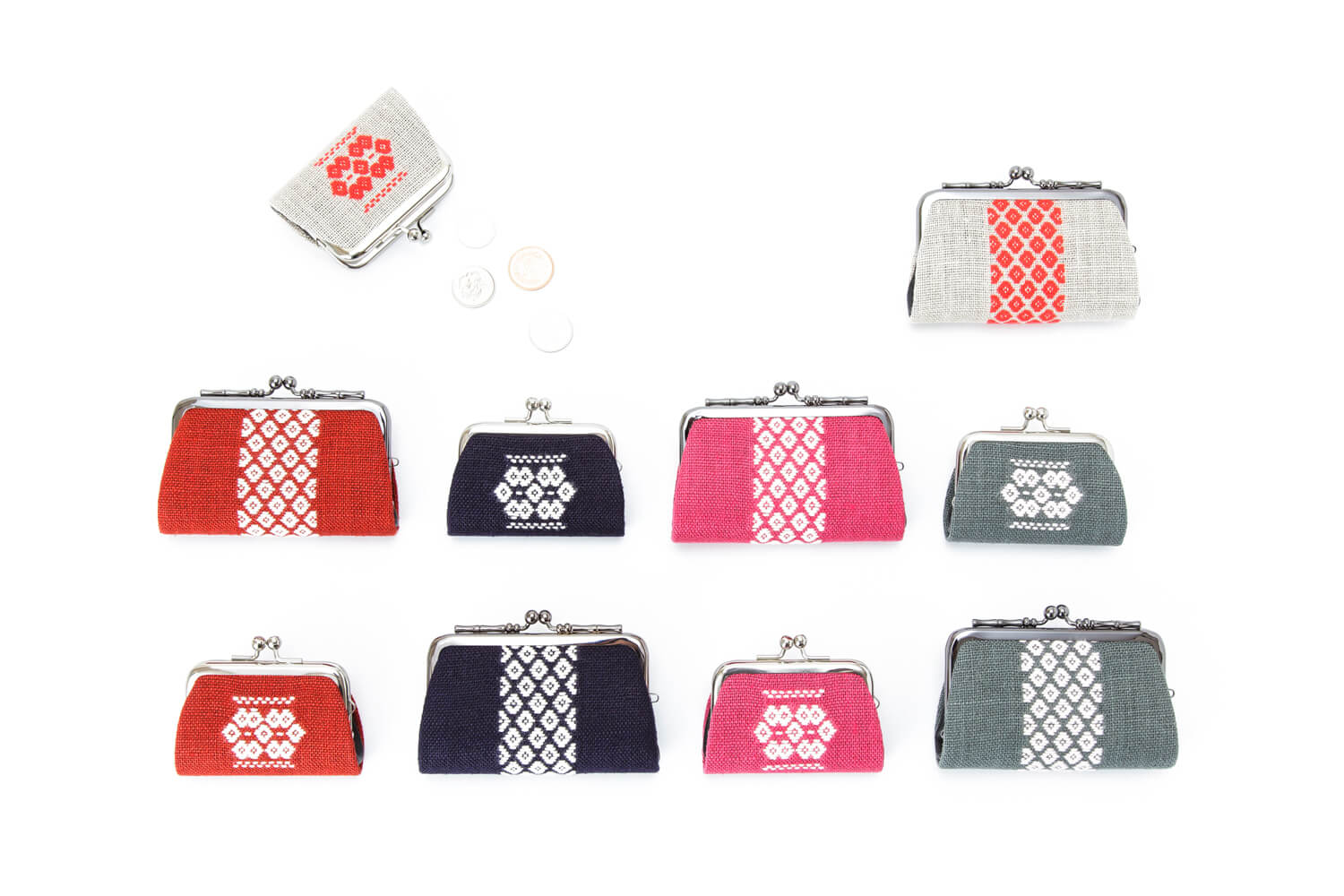
© Hirosaki Kogin Laboratory
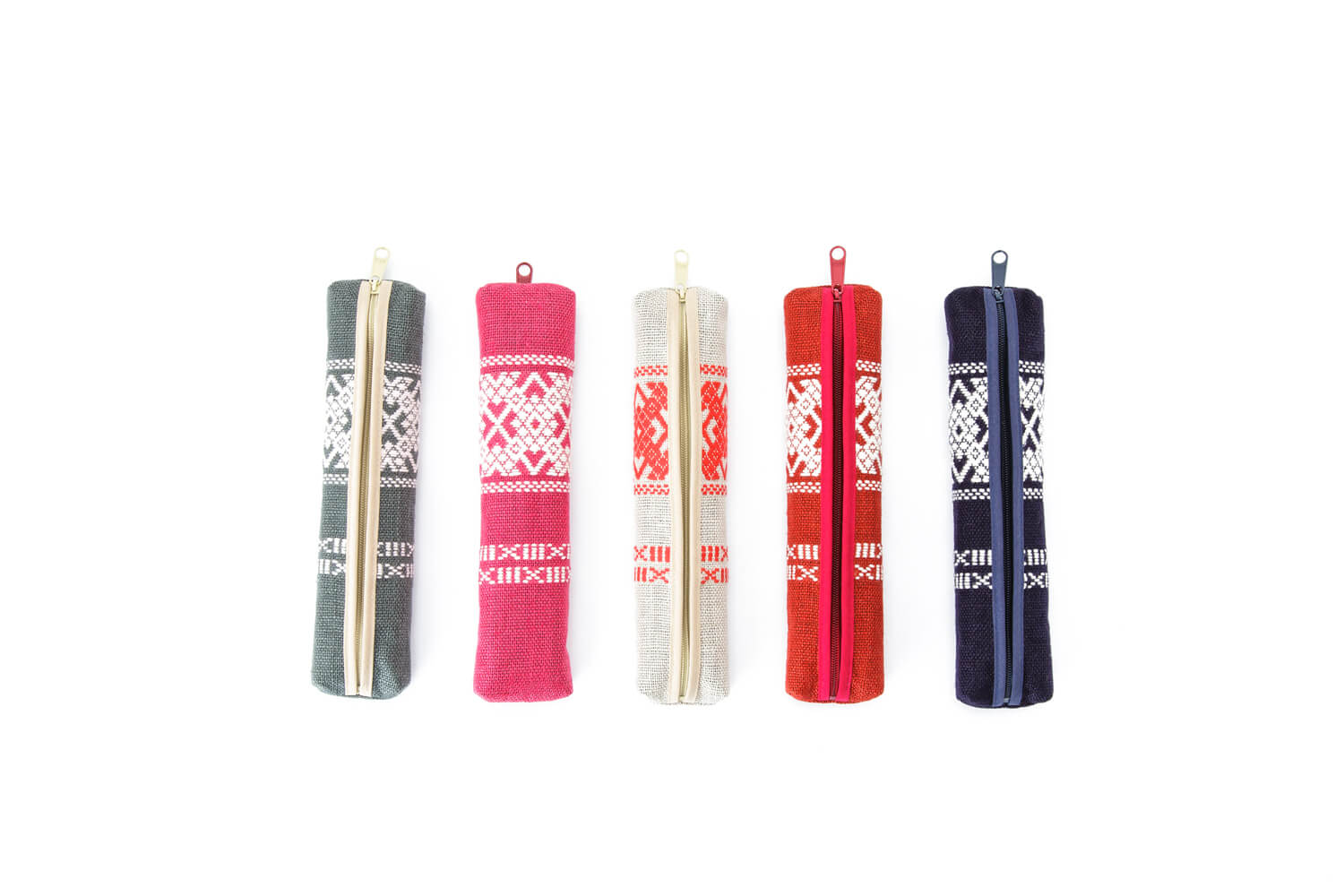
© Hirosaki Kogin Laboratory
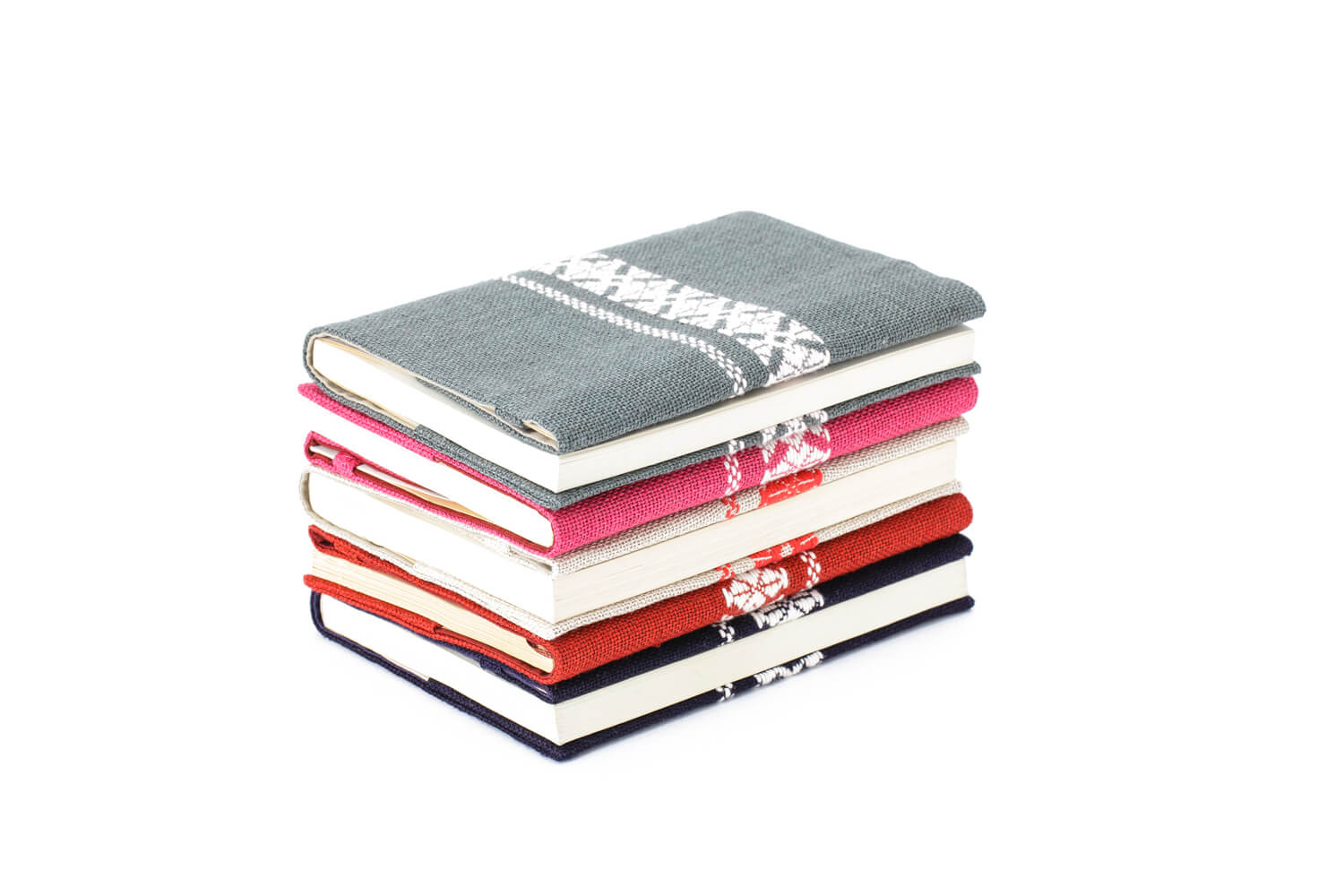
© Hirosaki Kogin Laboratory
TRENDING
-
The Tattoos that Marked the Criminals of the Edo Period
Traditional tattoos were strong signifiers; murderers had head tattoos, while theft might result in an arm tattoo.

-
The Story of Sada Yacco, the Geisha who Bewitched Europe
Described by Dazed magazine as the first beauty influencer, she has been restored to her former glory since 2019.

-
Chiharu Shiota, Red Threads of the Soul
Last year, more than 660,000 people visited the retrospective 'Chiharu Shiota: The Soul Trembles' exhibit at the Mori Art Museum.

-
Japanese Left-field Pop From The CD Age, 1989-1996
‘Heisei No Oto’, a compilation of hidden gems in the unspoken depths of Japanese pop, reveal blissful moment of technological possibility.

-
‘Shojo Tsubaki’, A Freakshow
Underground manga artist Suehiro Maruo’s infamous masterpiece canonised a historical fascination towards the erotic-grotesque genre.





